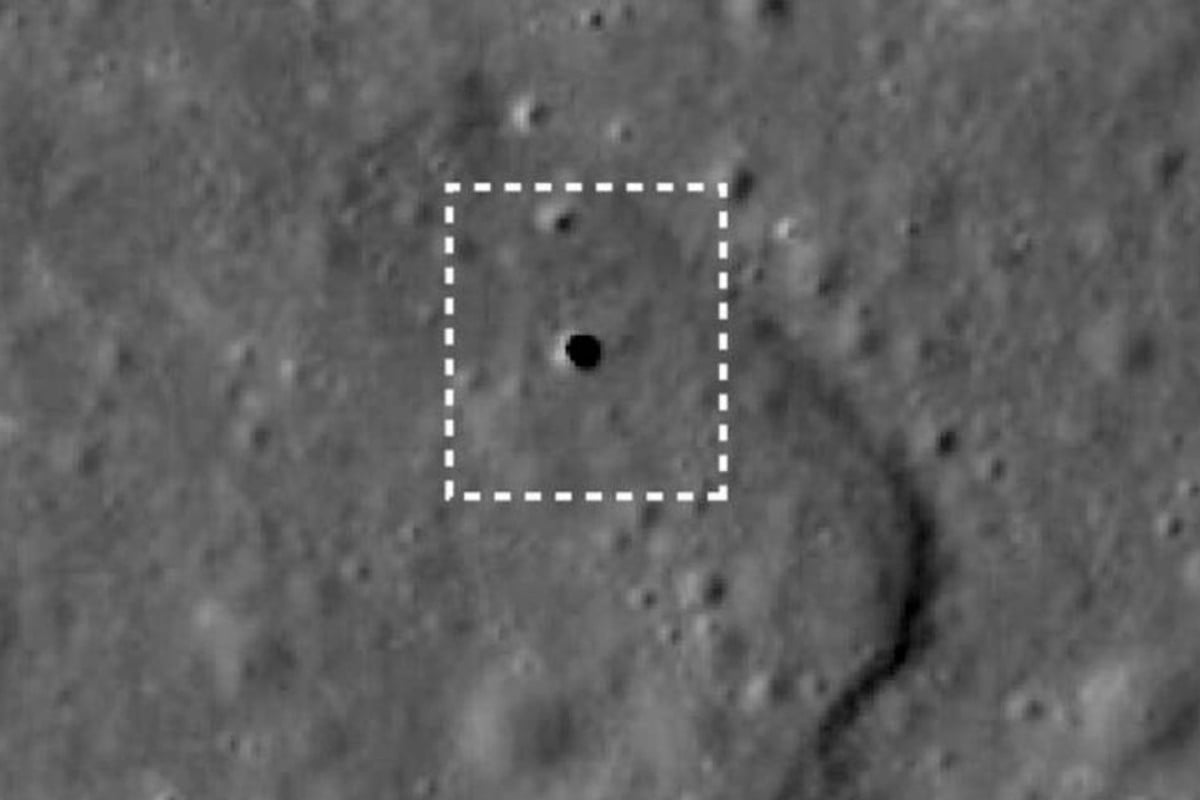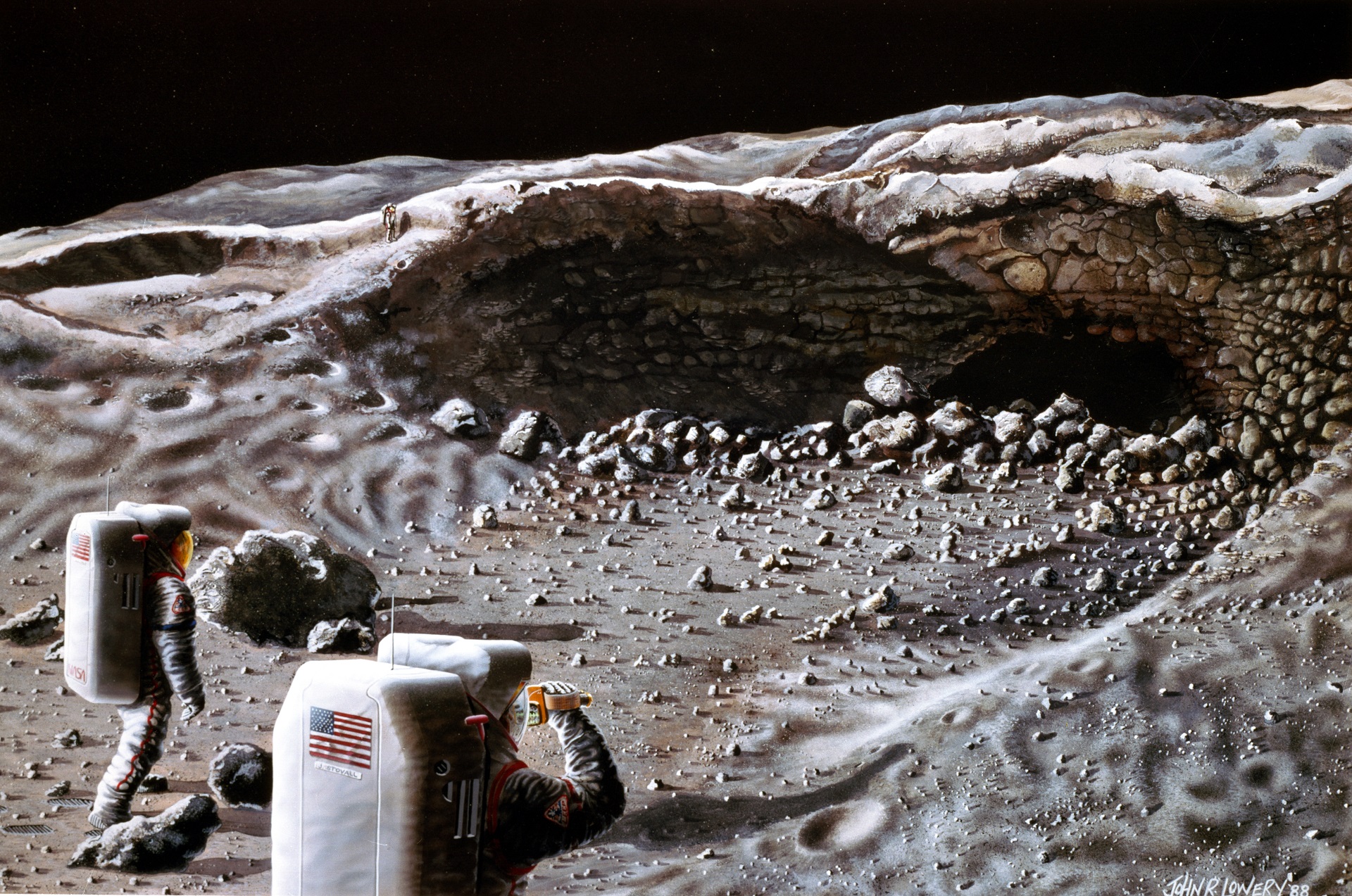Lunar Exploration and Moon Caves: Nasa Moon Caves

Nasa moon caves – NASA’s lunar exploration missions have played a pivotal role in advancing our understanding of the Moon and its potential for scientific discoveries. Over the decades, various missions have been dedicated to exploring the lunar surface, including the search for moon caves.
Moon caves, formed by ancient volcanic activity or meteorite impacts, offer a unique and scientifically valuable environment. They provide shelter from harsh surface conditions, such as extreme temperatures and radiation, and may contain preserved geological samples and evidence of past or present water.
Scientific Significance of Moon Caves, Nasa moon caves
The scientific significance of moon caves lies in their potential to reveal geological and astrobiological insights. They may contain pristine samples of the lunar mantle, providing valuable information about the Moon’s early formation and evolution. Additionally, moon caves could potentially harbor evidence of past or present water, raising the possibility of supporting life or preserving organic molecules.
Challenges and Advancements in Exploring Moon Caves
Accessing and exploring moon caves presents significant challenges. The caves are often located in remote and difficult-to-reach areas, and their entrances may be narrow or obstructed. Additionally, the harsh lunar environment poses risks to astronauts and equipment. However, advancements in technology, such as autonomous rovers and specialized instruments, are enabling the development of innovative approaches to cave exploration.
Scientific Potential and Future Missions

Moon caves offer a unique opportunity to study the lunar environment and search for signs of life beyond Earth. They are protected from the harsh radiation and temperature extremes of the lunar surface, and they may contain water ice and other resources that could be used by future human missions.
Exploring moon caves could help us to understand the geological history of the Moon, the origin of water on the Moon, and the potential for life on the Moon. Moon caves could also provide a safe haven for future human missions, and they could be used as a base for scientific research and exploration.
Current and Planned NASA Missions
NASA is currently planning several missions to explore moon caves. The Lunar Reconnaissance Orbiter (LRO) is mapping the Moon’s surface and identifying potential cave entrances. The Lunar Crater Observation and Sensing Satellite (LCROSS) will impact the Moon’s surface in 2009, and the impact will create a crater that will be studied by the LRO. The Lunar Atmosphere and Dust Environment Explorer (LADEE) will study the Moon’s atmosphere and dust environment, and it will also look for signs of water ice in moon caves.
In 2023, NASA plans to launch the Lunar Gateway, a small space station that will orbit the Moon. The Lunar Gateway will serve as a base for future human missions to the Moon, and it will also be used to study moon caves.
Potential for Moon Caves to Contribute to Our Understanding of Lunar Geology, Astrobiology, and the Search for Life Beyond Earth
Moon caves could contribute to our understanding of lunar geology by providing a record of the Moon’s geological history. The rocks and minerals in moon caves could be used to date the Moon’s surface, and they could also provide information about the Moon’s composition and structure.
Moon caves could also contribute to our understanding of astrobiology by providing a place to search for signs of life beyond Earth. The water ice and other resources in moon caves could support microbial life, and the caves could also provide a protected environment for life to evolve.
Exploring moon caves could help us to answer some of the most fundamental questions about our place in the universe. By studying moon caves, we could learn more about the origin of the Moon, the origin of water on the Moon, and the potential for life on the Moon.
NASA’s discovery of moon caves has sparked renewed interest in lunar exploration. These caves could potentially provide shelter for future astronauts, as well as access to valuable resources. Elon Musk , the founder of SpaceX, has expressed interest in using these caves as a base for future missions to the Moon.
NASA is currently studying the feasibility of using these caves for human habitation and is planning future missions to explore them further.
In the vast expanse of the lunar landscape, NASA’s exploration of moon caves holds the promise of uncovering secrets from our celestial neighbor. These enigmatic caverns could potentially harbor signs of past or present life, offering tantalizing glimpses into the universe’s history.
As the debate surrounding the upcoming midterm elections heats up, the trump vance race in Ohio takes center stage, mirroring the polarizing political climate that divides the nation. Yet, amidst the political fervor, NASA’s unwavering pursuit of knowledge in the moon caves serves as a reminder of the boundless possibilities that lie beyond our earthly realm.